The burden of disease and injury in the United States 1996
- PMID: 17049081
- PMCID: PMC1635736
- DOI: 10.1186/1478-7954-4-11
The burden of disease and injury in the United States 1996
Abstract
Background: Burden of disease studies have been implemented in many countries using the Disability-Adjusted Life Year (DALY) to assess major health problems. Important objectives of the study were to quantify intra-country differentials in health outcomes and to place the United States situation in the international context.
Methods: We applied methods developed for the Global Burden of Disease (GBD) to data specific to the United States to compute Disability-Adjusted Life Years. Estimates are provided by age and gender for the general population of the United States and for each of the four official race groups: White; Black; American Indian or Alaskan Native; and Asian or Pacific Islander. Several adjustments of GBD methods were made: the inclusion of race; a revised list of causes; and a revised algorithm to allocate cardiovascular disease garbage codes to ischaemic heart disease. We compared the results of this analysis to international estimates published by the World Health Organization for developed and developing regions of the world.
Results: In the mid-1990s the leading sources of premature death and disability in the United States, as measured by DALYs, were: cardiovascular conditions, breast and lung cancers, depression, osteoarthritis, diabetes mellitus, and alcohol use and abuse. In addition, motor vehicle-related injuries and the HIV epidemic exacted a substantial toll on the health status of the US population, particularly among racial minorities. The major sources of death and disability in these latter populations were more similar to patterns of burden in developing rather than developed countries.
Conclusion: Estimating DALYs specifically for the United States provides a comprehensive assessment of health problems for this country compared to what is available using mortality data alone.
Figures



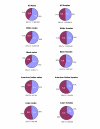
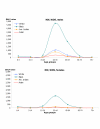


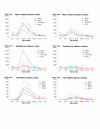
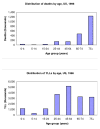
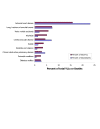
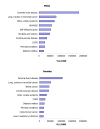
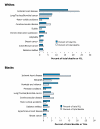
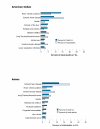






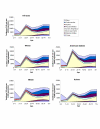
References
-
- Murray CJL, Lopez A. The Global Burden of Disease: a comprehensive assessment of mortality and disability from diseases, injuries, and risk factors in 1990 and projected to 2020. 1. Cambridge, Harvard University Press; 1996.
-
- Bank W. World Development Report 1993: Investing in Health. New York, NY, Oxford University Press; 1993.
-
- Field MJ, Gold MR. Summarizing Population Health: Directions for the development and application of population metrics. Washington, D.C., National Academy Press; 1998. - PubMed
LinkOut - more resources
Full Text Sources
Other Literature Sources
Medical

